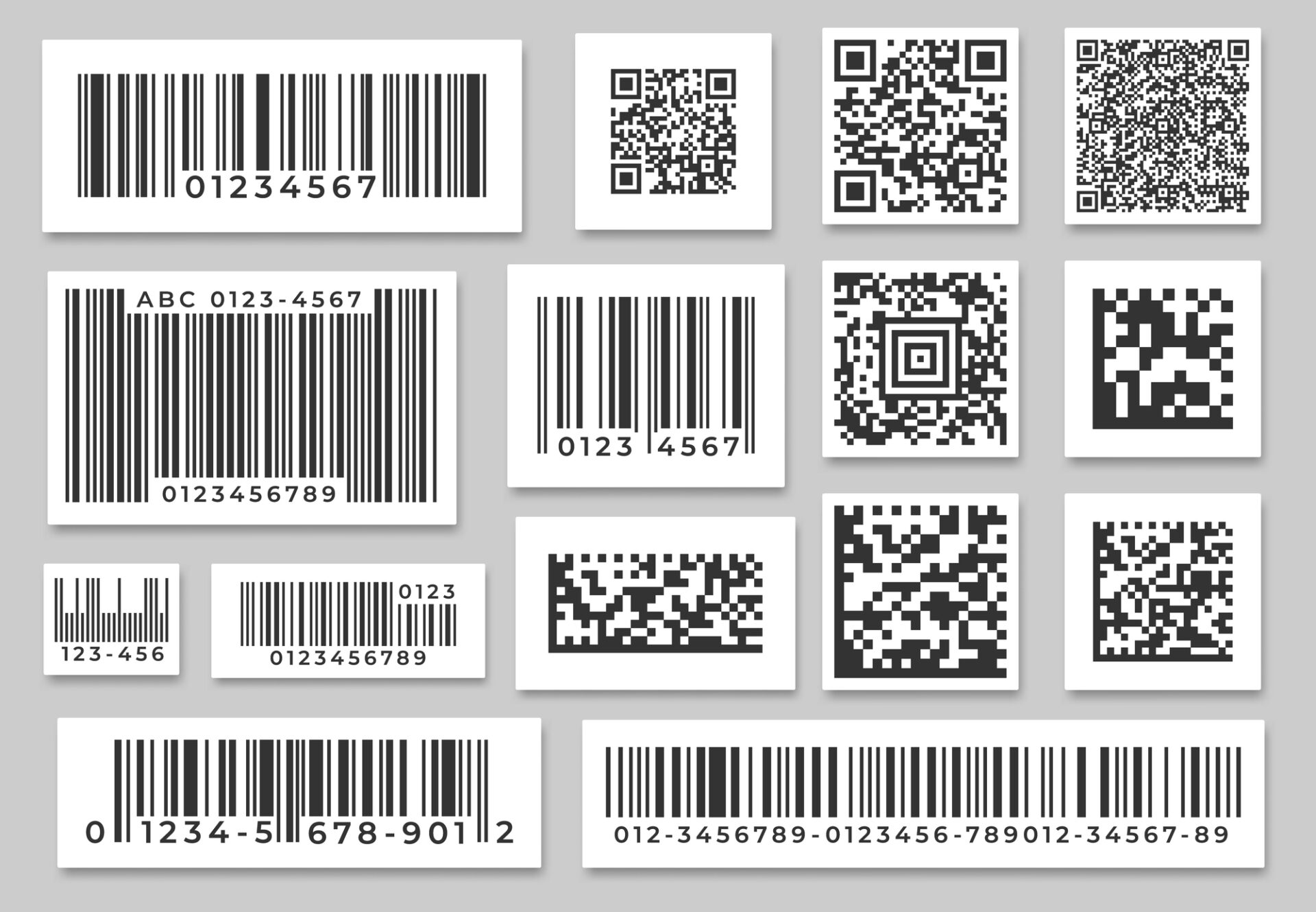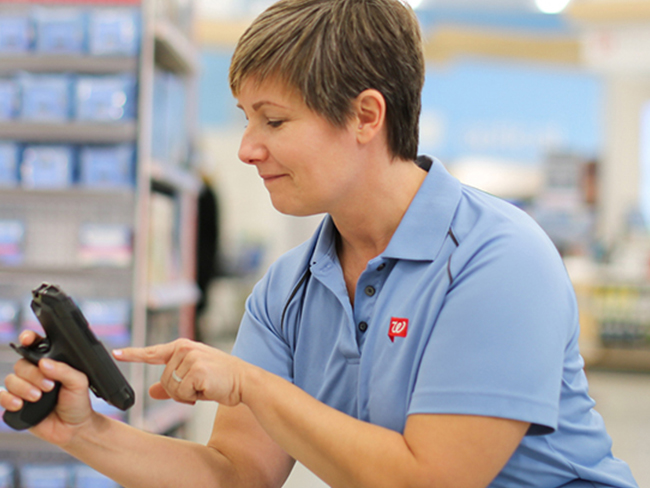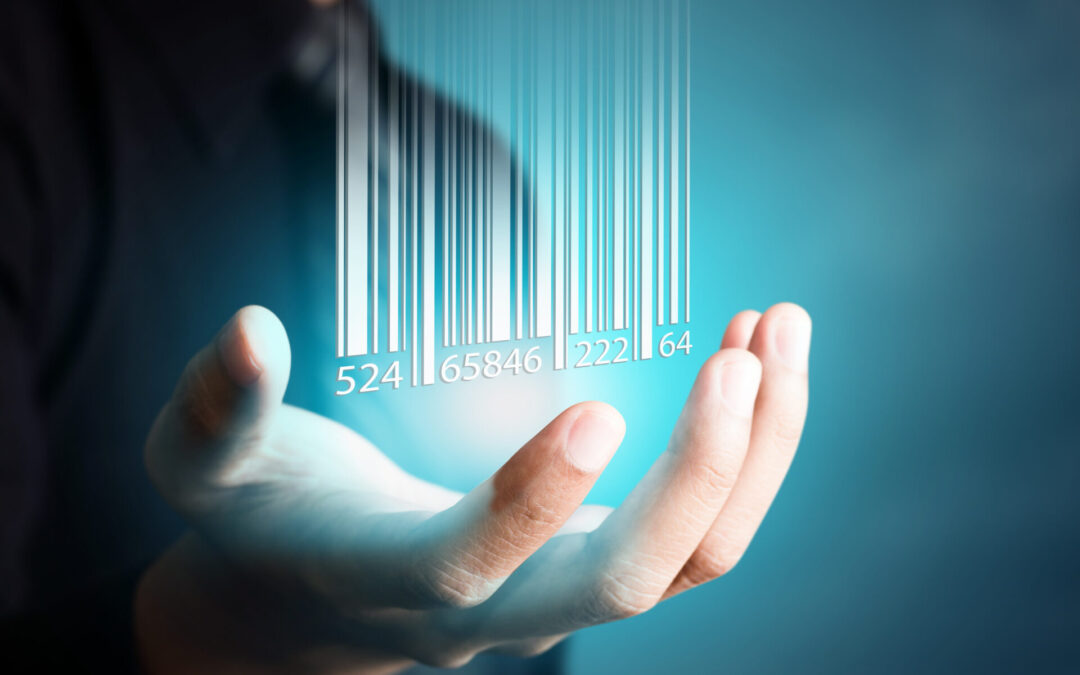Landing major contracts is a dream come true for a small business wanting to grow. Maintaining and renewing those contracts can add stress to an already-adapting small business. When managing growth with contract requirements, it is imperative to understand the basics of barcoding.

Barcode labels are used to identify products and assets, and have been in use since the 1980’s. Over time, as technology has improved, so have barcode and scanning technology. From 1D to 2D, tracking stock and inventory has become faster and far more efficient. The amount of data in a single barcode has become more complex in a smaller footprint.
Scanning and printing equipment have also upgraded along the way. Scanning equipment has become more durable, can scan at greater distances, and can even scan at different angles. Barcode printers are available to small businesses for inhouse printing for simple solutions.
What’s in a Barcode?

Barcodes improve efficiency are vital to supply chains, inventory management, transportation, asset management, and more. Barcodes provide a means of knowing what a product is and where it goes. It would be rare to find a major retailer that does not require the use of barcodes to sell products at their stores.
A 1D barcode is a linear black and white line pattern, using variable-width lines and spaces for encoding information. The horizontally encoded numbers and characters, from left to right, typically holds only 20-25 characters. The most familiar 1D barcode is that of the common UPC code on grocery and consumer items.
2D barcodes created a faster and more efficient method of tracking stock and inventory than 1D could. 2D barcodes are scannable from any direction and orientation, even if the barcode is worn out and slightly damaged, interpreting the missing information accurately. 2D barcodes use patterns, shapes, and dots to encrypt as many as 2,000 characters, and are scannable up to 50 feet away. 2D barcodes can also contain images, website addresses, and binary data, allowing them to be independent of a database.
Meeting Contract Needs
On top of the serialization requirements barcodes hold, many major contracts also require Advanced Shipping Notifications (ASN). This maximizes visibility, accountability, and transparency. An ASN is an electronic document that provides detailed information about a pending delivery, such as:
-
-
- When shipping occurs
- Physical characteristics about the shipment
- Mode of transportation being used (carrier information)
- Estimated arrival
-
An ASN adheres to compliance labeling and shipping labels for your new contract. Within the ASN are serial numbers and purchase order numbers, providing a means to automatically capture data for your clients to quickly process inbound orders.

Get Started on the Right Foot

More businesses are streamlining their processes by incorporating technology that can grow with them. Adding barcode technology into your business to help maintain new contract requirements doesn’t have to be “one more thing” on the list of to-dos. It is a crucial step in the growth of your business, and it can help to streamline current processes.
Integrating a barcoding system into your small business does not have to be overly complicated. Getting started with a barcoding system as a small business does not require a specialized department. Nor does a good setup have to cost a small fortune. There are good, better, and best options to match your budget and your needs.
Barcode systems can also allow for better inventory management, monitoring incoming and outgoing materials/products, and help keep your company focused on the current task at hand while thinking about what comes next. Instead of focusing on a finish line, focus on your growth and obtaining that next contract.
Look Towards Future Possibilities

Approximately 90% of all businesses in the world are small and medium-sized businesses. SMBs employ 50-90% of the workforce (percentage varies by country) and are the driving force for global economic growth. You can see where you are now and where you want to go in the future. Why would you hire someone to help you grow that doesn’t understand where you are and where you’re going?
Imprint creates lifelong relationships and will help you every step of the way. Why would you hire someone that is one-and-done and may leave you scratching your head on the lingo of barcode systems? Call the specialists that understand your needs even if you don’t.
As a small business, Imprint can help you to move beyond current deadlines and look towards future possibilities. It all starts with understanding that barcoding technology is not as overwhelming as it may seem. Basic concepts do not have to be a foreign language. In a coming blog, the equipment and software that can help effectively manage tracking barcode information will be addressed.
Allow Imprint to become a part of your family, not just an addition to your function. Contact Imprint Enterprises today!





